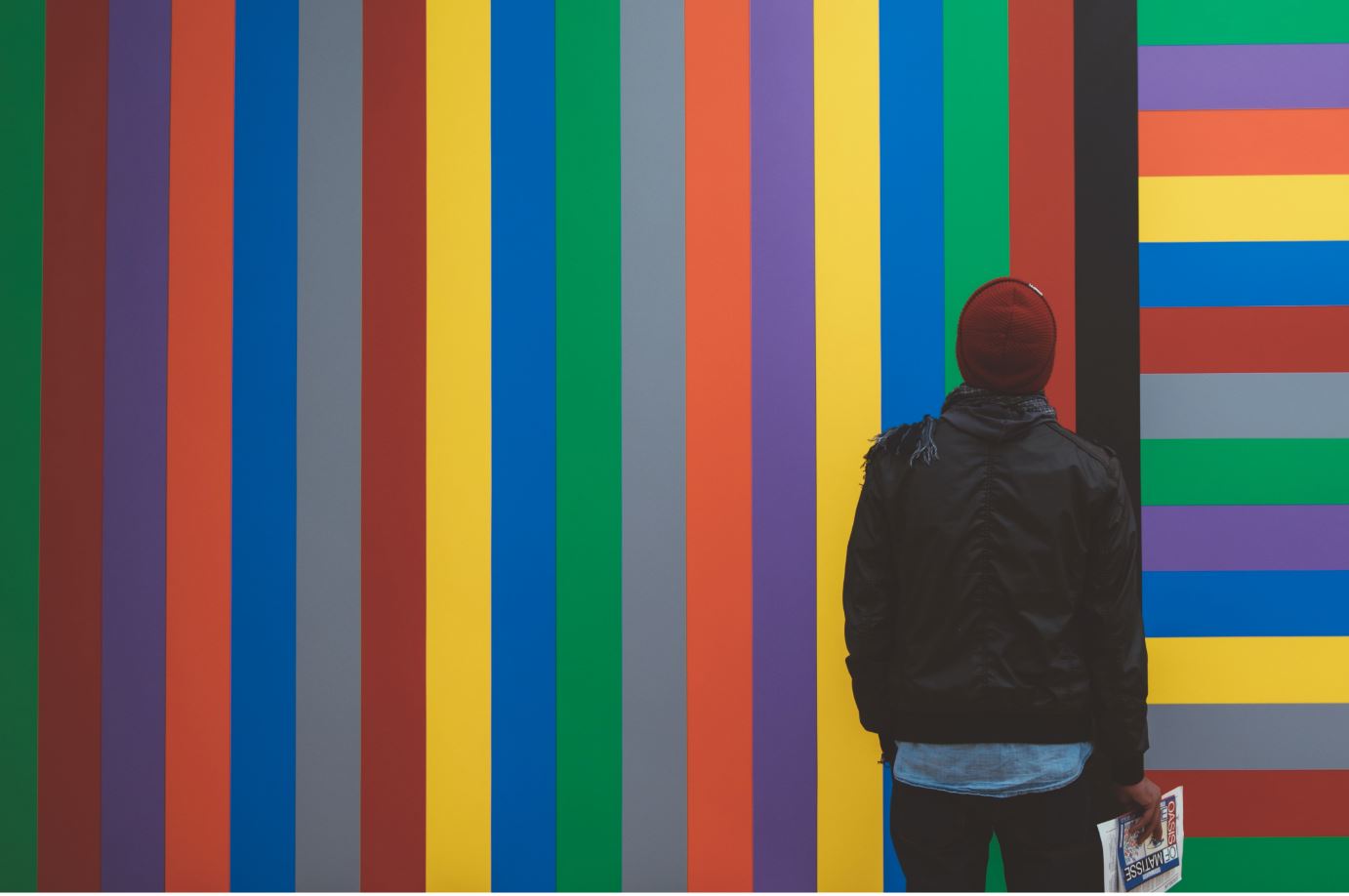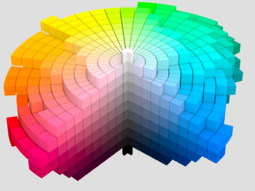
Scientists have a new theory about why languages don’t all have the same number of terms for colours
by Pisana Ferrari – cApStAn Ambassador to the Global Village
Recent research by Ted Gibson, Professor of Cognitive Science at the MIT, and Bevil R. Conway, Investigator at the National Eye Institute’s Sensation, Cognition, Action Unit, NIH, aimed to understand why cultures vary so much in their color word usage. People with standard vision can see millions of colors, but human language categorizes only a few. In an industrialized culture, e.g. American English, it is eleven (black, white, red, green, yellow, blue, brown, orange, pink, purple and gray), but non-industrialized cultures typically have far fewer words for colors. Papua-New Guinea’s Berinmo, for example, has only five words that everyone knows and the Bolivian Amazonian language Tsimane’ only three (black, white and red). How does industrialization affect colour categorization?
The hypothesis put forward by Gibson and Conway is that color words are developed for efficient communication. In other words, we introduce words into a language when there is something that we want to talk about. They tested this hypothesis by asking participants in an experiment to name a color chip from a set of 80 chips, selected from the Munsell colour space (see photo below). In English, it turned out that people could convey the “warm” colors – reds, oranges and yellows – more efficiently, i.e. with fewer guesses, than the “cool colors” – blues and greens. They found that this generalization was true in every language in the entire World Color Survey (110 languages) and in three more that they did detailed experiments on: English, Spanish and Tsimane’.
Going back to the researchers idea that humans introduce words into a language when there is something that they want to talk about, this might precisely because objects – the things we want to talk about – tend to be warm-colored. This second hypothesis was tested in a database of 20,000 photographs (selected by Microsoft) which contained objects, as distinct from backgrounds. It turned out that, indeed, objects are more likely to be warm-colored, while backgrounds are cool-colored. This is actually not so surprising, they say. After all backgrounds are sky, water, grass, trees: all cool-colored. The objects that we humans want to talk about are warm-colored: people, animals, berries, fruits and so on.
This finding also explains why more colour terms come into a language with industrialization. With increases in technology come improved ways of purifying pigments and making new ones, as well as new color displays. Industrialization, which creates objects distinguishable solely based on color (e.g. a new IPhone in different nuances of pink), increases color “usefulness”.

Sources:
- “Languages don’t all have the same number of terms for colors – scientists have a new theory why”, Ted Gibson and Bevil R. Conway, The Conversation, September 18, 2017
- “Color naming across languages reflects color use”, Edward Gibson, Richard Futrell, Julian Jara-Ettinger, Kyle Mahowald, Leon Bergen, Sivalogeswaran Ratnasingam, Mitchell Gibson, Steven T. Piantadosi, and Bevil R. Conway, Proceedings of the National Academy of Sciences of the US, PNAS, October 3, 2017 114 (40) 10785-10790; first published September 18, 2017
Photo credit: Mario Gogh at Unsplash